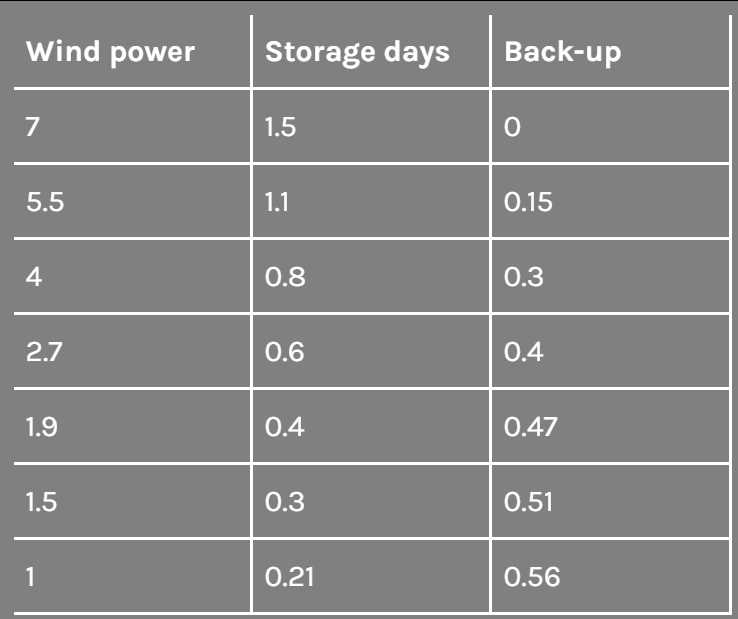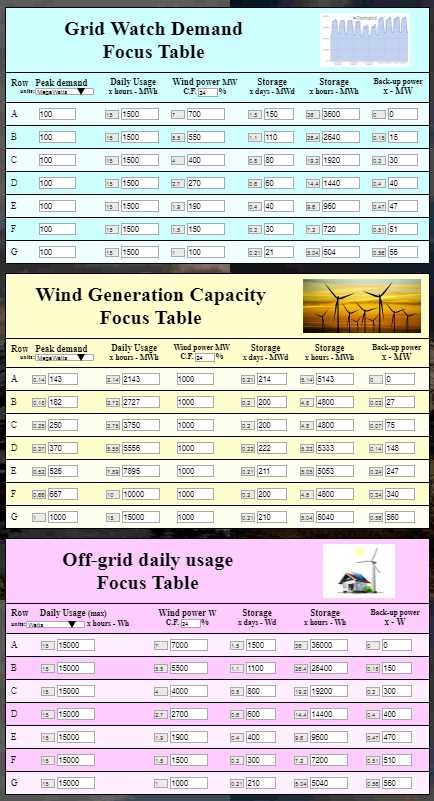Okay, I'm with you so far.The most relevant quote from your source
is this
"is part of an AEMO trial into demonstrating that wind power can supply a baseload level of energy, known as frequency control and ancillary services or FCAS, to compete with traditional baseload sources like coal and gas."
It seems to have escaped you but that is precisely what my modelling does demonstrate, that wind power can indeed supply a baseload level of energy to compete with traditional baseload sources like coal and gas.
Then why are you harping on about the battery storage for excess power and load balancing...?That's what this whole topic is all about!
So... again, we are expected to take your word over the word of multiple people in the industry who have done this (successfully) on smaller scales and propose they can do it on this large scale... why? What secret knowledge do you have that they don't...The difference is that AEMO are doing a poorly planned, unscientific trial, no doubt by some engineers without much of an idea of how much energy storage is required - tacking on a silly little battery, sucking it and seeing what happens. So I guess maybe AEMO phoned up Telsa and asked how much their batteries were and they decided to buy the biggest one they could afford. It will be something like that. And no I don't have secret tape recordings to prove it. I know that AEMO don't know what they are doing because I know how to do it and they are not doing it right. Their trial will not succeed because the energy storage capacity of their battery is too small.
Why? If the intent of the battery system is to provide power leveling and emergency power (as stated), and not replace the wind farm, then why would they need "5 hours times the wind power capacity" (and what does that mean? Do you mean they would need five hours worth of the wind farms output as storage?)The difference is that I am a world-leading expert scientist who is leading research in this particular field of applied renewable energy science. I know that it will take something like 5 hours times the wind power capacity to achieve that stated aim of baseload power from wind.
Hm, thinly veiled ad-hom wrapped in an appeal to authority.I know it because I have modelled exactly how to do it successfully using computers, graphed my results and published it all, here in sciforums and elsewhere, for other scientists to read (real "scientists" mind you, not any Tom, Dick or Harry who happens to show up in an internet forum who may skim read my post, but ignore it completely until they read the juicy bit where I criticise a person (Musk) whom they usually trust as untrustworthy in this context).
I don't know you from Adam. your claim to be a "world-leading expert scientist" is great. Pleasure to meet you. I'm Kittamaru, the Queen of France, holder of the Sacred Chalice of Rixx, and heir to the Holy Rings of Betazed.
I'm sure you can see my point...
We won't get to 100% renewable energy by knowing Elon Musk.
We get to 100% renewable energy by knowing how to do it.
It's not who you know, it is what you know.
Agreed, and I reckon Musk and the intelligent folks in his company believe they can do this, and have put their money where their mouth is by saying either they will do it, or its free.
So, again, I ask - why the vitriol and gnashing of teeth? What, did Musk steal your sweetroll? Seriously, you have given precisely zero reason to think Tesla doesn't know what they are doing in this venture.





